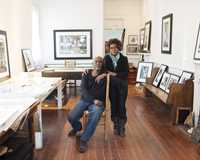New Orleans art scene / New Orleans
Southern comfort
The streets of New Orleans have never been short of carnival spirit and creativity but can that energy find a home on the walls of local galleries? Those involved in the Prospect biennial think it can.
The sun is just setting in New Orleans, allowing a group of international art luminaries gathered on the Esplanade Avenue Wharf to focus on a barge carrying a large pink neon billboard with the words “You belong here” on it that is illuminating the Mississippi River in a soft rosy glow. The sign, a sculpture by the Nassau-born, New York-based artist Tavares Strachan, raises a few questions, such as “Who belongs here?”, “Do I belong here?” They are timely for a city that is in the midst of a visual-arts renaissance due to an influx of artists and an explosion of artist-run galleries and groups.
The exhibit was part of Prospect.3: Notes for Now, a biennial exhibition of international contemporary art that was founded in the wake of Hurricane Katrina. Franklin Sirmans, the department head and curator of contemporary art at the Los Angeles County Museum of Art, who serves as the exhibition’s artistic director, selected 58 artists from around the world for 18 venues across the city, who come from backgrounds as diverse as the Big Easy’s own population.
LA’s Glenn Kaino explored the notion of survival through coral that grew out of casts he made from army tanks, while New Orleans natives Keith Calhoun and Chandra McCormick contributed their photographs of prisoners at the Louisiana State Penitentiary. Paintings that incorporated symbols of the South by the late Jean-Michel Basquiat were on display as well. “Sirmans is very smartly reflecting the city,” says New Orleans resident Tori Bush, programmes director of New Orleans Airlift: an artist-driven initiative whose mission is “to inspire wonder, connect communities and foster opportunities through the creation of experimental public art”.
New Orleans culture has a deeply layered history that goes back to 1718, when the French established the area as a major port before handing it over to the Spanish, who flipped it back to the French in 1801. They held power over the region until Napoleon sold it to the US in the 1803 Louisiana Purchase. As a result, the population of New Orleans is a melting pot of French, Spanish, Native American, American, Creole and Caribbean cultures, steeped in traditions and rituals such as the annual pomp of Mardi Gras. The city eventually became known as the birthplace of jazz as well as a hotbed for racial tension, which still exists today. Spanish-imbued architecture dominates the French Quarter, the sound of distant trumpets fills the air and mom-and-pop shops that serve po’ boy sandwiches stuffed with prawns and oysters dot its streets. Then in August 2005 came Hurricane Katrina.
“It often takes a catastrophe to galvanise a population, to make them work together to do something and put all the petty differences aside,” says Roger Ogden, a prominent New Orleans collector and founder of the Ogden Museum of Southern Art. “So the silver lining of Katrina was that it awakened business and civic leadership in this city and that included the arts and the cultural side, too.”
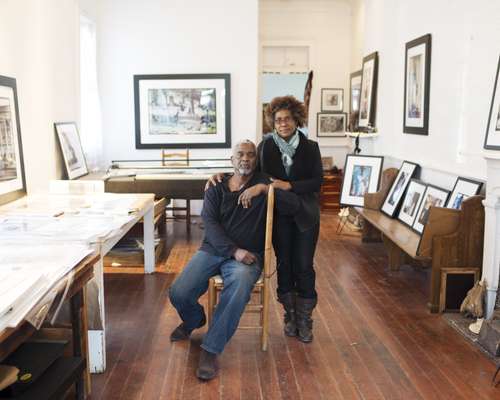

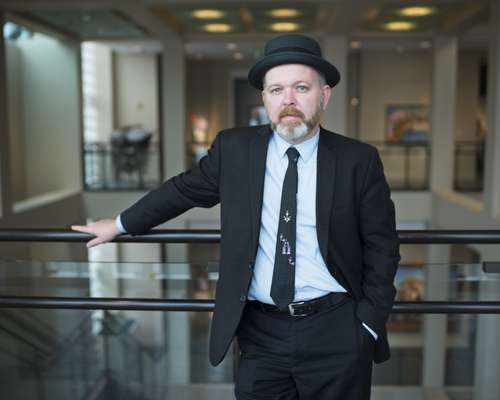
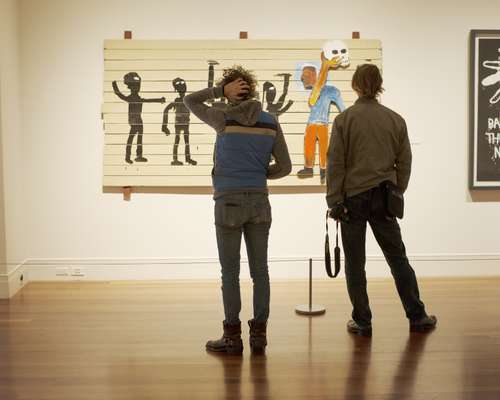
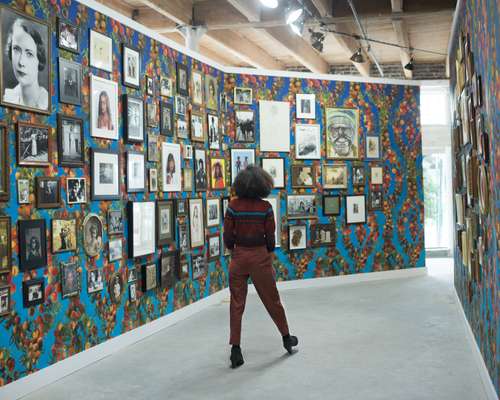
Help came and help stayed, it seems, in this city whose roughness around the edges makes it so captivating. “We got a shot of new talent after Katrina because a lot of people came to help, fell in love with the city and stayed,” says Bradley Sumrall, chief curator at the Ogden, one of the city’s newer art spaces.
Prospect stemmed from a conversation at the home of New Orleans Museum of Art curator William Fagaly, off the back of a discussion held at the museum on the role of art and artists in rebuilding a post-Katrina New Orleans. Dan Cameron, a curator invited to join the talk, knew from firsthand experience working with biennials in Istanbul and Taipei how art can impact a city economically, culturally and socially. The inaugural Prospect opened in November 2008 and finally the art world had a reason to look at the city. “Prospect has brought the art world to me,” says Calhoun in the studio he shares with his partner McCormick.
With its magnetic charm and intriguing allure, the Big Easy has most of the ingredients needed for an artist to thrive: affordable rents, a supportive art community and inspiration all around. “I’ve also heard from lots of people that the first Prospect made them feel like they could come back and live in New Orleans and feel like they could be a functioning professional artist,” says Bush.
In New Orleans, the done thing is for artists to form groups and take up residence in homes and warehouses. One such artist is Stephen Collier, who left the city after Katrina with the help of an artist’s residency in New York but returned about a year later. “There wasn’t much access for us to show in the commercial spaces,” he says. So Collier teamed up with three other artists who were looking for space at the time: Dan Tague, Matt Vis and Tony Campbell, who knew about a space on the ground floor of a house on St Claude Avenue.
The group contacted others to pitch in on the $700 (€560) monthly rent and in early 2008 the artist collective Good Children launched its first exhibition in the new gallery. Each month, a member takes creative control of the space, having free rein to “enhance the cultural landscape of New Orleans”, as the group’s mission states. While sales do happen, the gallery doesn’t depend on profitability. “You don’t have to rely on sales to keep your doors open,” says Collier. It is one of the benefits of having an artist-run gallery.
“I really don’t see artist-run galleries as any different,” says top-tier New Orleans dealer Arthur Roger, who has his gallery on Julia Street. “We’re all trying to do the same thing, which is build artists’ careers and find a market for the work that’s being done by the artists.”
Good Children helped pave the way for other diy art spaces and a number of them popped up in the neighbourhood, forming what is now called the St Claude Arts District. But rising property prices mean that the area is in constant flux.
New Orleans has the art world’s spotlight, the artists, the institutions and the galleries but the one thing that it lacks is a strong collector base. One group that’s working towards changing that is Pelican Bomb, which started out as an arts publication and has since grown into a multiplatform arts organisation. Pelican Bomb has a community-supported arts scheme and also provides its own critic-in-residence programme. “That’s also part of our thinking – accessibility and how we might get new audiences, get new collectors and really broaden the conversation about the power of contemporary art in the city,” says Cameron Shaw, one of Pelican Bomb’s co-founders. “It’s part of our job to put the work out there and educate people about what’s good, what they should be looking at and just the diversity of the work in the region.”
At the official ribbon cutting for Prospect.3 last October, New Orleans natives and the art-world cognoscenti in town joined together for a ritual that only happens in this city: a Second Line. It’s a procession held in times of celebration or mourning led by a brass band and a fancy-costumed dancing grand marshal.
“I would say the best thing that could happen out of both Prospect and the burgeoning art scene would be that New Orleans becomes the place that really has a serious conversation about race in the arts,” says Bush. It’s a feeling that is echoed across the scene, the city and by Sirmans. “I hope we have faith in art and ideas that are bigger than things that just sit on the wall,” he says. With the continuing influx of artists and the local creative community’s willingness to engage with its residents about art, New Orleans has become one of the most exciting contemporary art cities in the world. It’s an organic scene fashioned by accident with a little help from Mother Nature, a biennial – and the internet.

